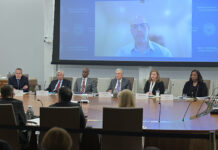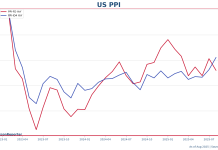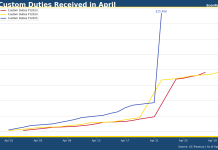Last Updated:
Non-farm payroll booked an increase of 236,000 in March, a further deceleration from February’s 326,000, which was revised upward from the preliminary figure of 311,000, according to the Bureau of Labor Statistics’ establishment survey.
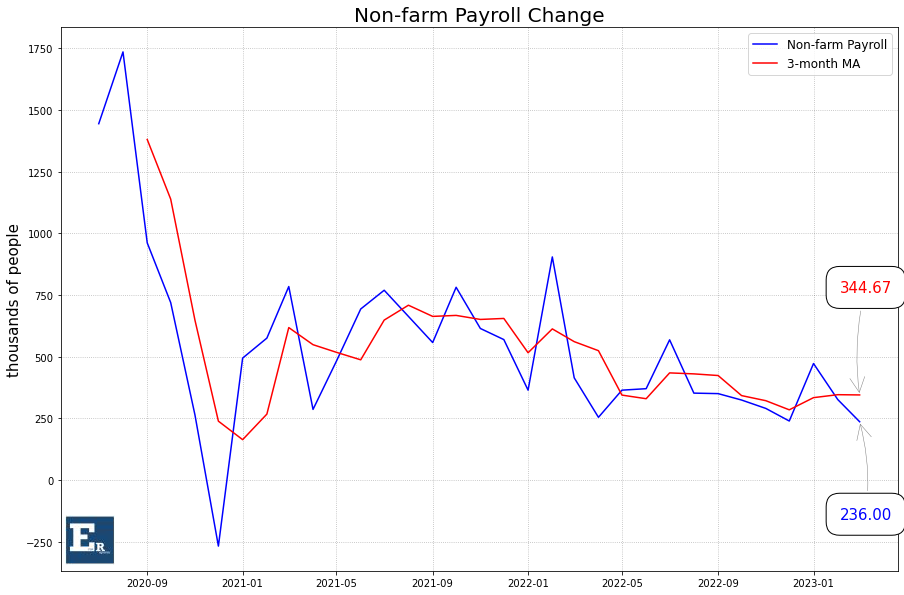
Meanwhile, BLS’s household survey shows that headline unemployment rate dropped back to 3.5%, from 3.6% in February.
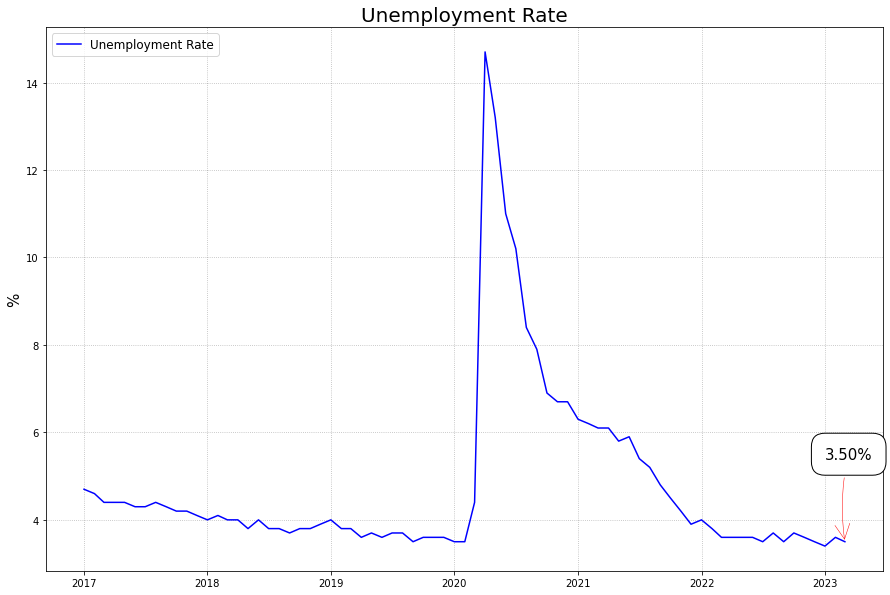
The two surveys in the March jobs report suggests that US labor market is somehow softening but remain resilient.
For example, the average hourly earning growth rate was 4.2% last month, still relatively high but is also continuing the descending trend.

Also, the labor force participation rate also continues to recover, rising four consecutive months to 62.6%.

What’s more, the prime-age participation rate was maintained at 83.1%, the peak level reached before the pandemic hit.

More and more workers returned to the labor market after they sidelined themselves, this will likely support further easing of the super tight job market and give the Fed a glimpse of hope to achieve soft landing.



